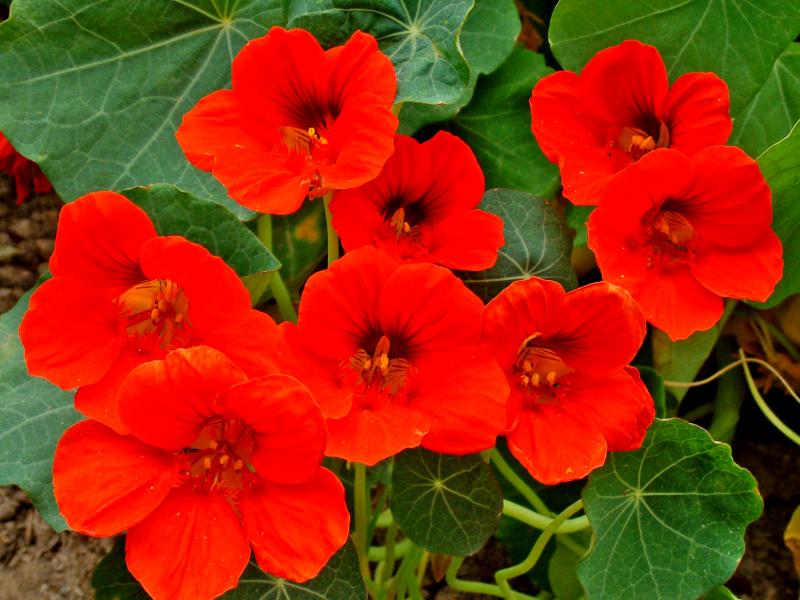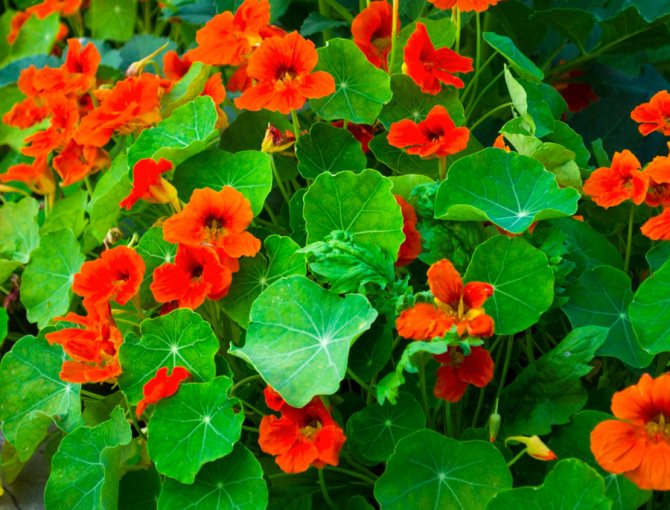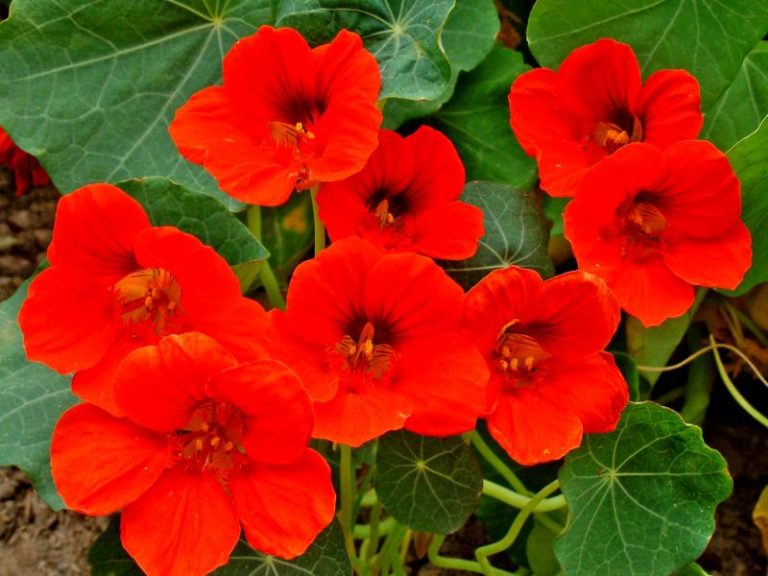You can eat nasturtium not only as a decoration in the salad – there are many other ways to process their flowers and leaves. In this article, we’ll give you a few ideas on how to use the spicy herb.
You can not only eat the leaves and flowers of the nasturtium as a pretty decoration in the wild herb salad or smoothie. The hot and spicy taste, which comes from the mustard oil glycosides contained in the wild plant, also refines many other dishes. We’ll show you how to add spice to simple recipes for pesto, quark or spreads with the herb and how you can eat healthy nasturtium more often in everyday life.
Eating Nasturtium: These parts are edible

In Germany, it is mainly the parts of the nasturtium that grow above ground that we eat. If you are unsure how to properly prepare and eat the flowers, leaves and seeds of the nasturtium, we have compiled the most important information for you here:
Blossoms: The edible blossoms of the nasturtium are particularly beautiful to look at and are therefore often used raw as a decoration in salads or soups. You can also pickle the nasturtium flowers in vinegar. You can use the resulting blossom vinegar to refine dressings and sauces.
Leaves: You can eat the young leaves of the nasturtium in particular as a tasty topping for bread or in a salad. Because of its sharp taste, you should use the herb a little more sparingly than, for example, the milder-tasting watercress. You can not only use the leaves of the cress in salads, but also work them into quark or pesto.
Seeds and buds: dried, you can eat the rounded seeds of the nasturtium as a good substitute for pepper. The unripe, closed buds, on the other hand, can easily be preserved in vinegar and salt and later used as a substitute for capers.
By the way: The nasturtium originally comes from the Andes in South America. It is also common among the locals of this region to eat the tuberous nasturtium bulb. It is roasted like a potato or mashed.
Eat nasturtium as a delicious pesto
If you want to use as many parts of the nasturtium in a recipe, you should process the herb into pesto. In this way you can keep the freshly harvested leaves and flowers for a long time and eat the nasturtium even in autumn and winter.
The following recipe is enough for a glass full of pesto (350 milliliters).
Ingredients:
150 gfresh nasturtium (leaves and flowers)
120 mlolive oil
3 tsp salt
1jar with screw cap
Directions:
Thoroughly wash the leaves and flowers of the nasturtium and roughly chop them.
Pour the olive oil over the chopped flowers and leaves and add the salt. Mix everything thoroughly once.
Pour the nasturtium pesto into a boiled and cleaned glass jar. Be careful not to trap any air bubbles and leave some space at the top of the glass.
Top up the jar with more olive oil until the pesto is completely covered. Close the jar tightly and store in the refrigerator.
Refine spreads with nasturtium
Of course you can also eat nasturtium pure on your daily sandwich. If you want to make a seasonal spread yourself instead, you can easily incorporate the aromatic cress blossoms.
The following recipe is enough for one serving of spread (three tablespoons).
Ingredients:
1 handful of nasturtium flowers
3 tbsp cream cheese
a bit of salt
Directions:
Rinse the nasturtium blossoms gently under running water and dry them in a salad spinner.
Put the flowers in a bowl with the cream cheese and salt and puree everything thoroughly with a hand blender.
Eat pickled nasturtium seeds as a substitute for capers

You can pickle the seeds of the nasturtium instead of capers. To make the salty and sour snack yourself, you only need a few ingredients.
For a small jar of pickled nasturtium seeds, you need to follow the steps below.
Ingredients:
1 handful of nasturtium seeds
2 tsp salt
some vinegar
Directions:
Put the nasturtium seeds in a boiled mason jar and sprinkle with the salt. Be careful not to fill the glass to the brim.
Cap the jar tightly and shake vigorously. Put it in the fridge for four to five days, shaking the contents regularly.
Rinse the drained seeds and boil the jar again with hot water. Then fill the drained caper substitute back into the glass.
Boil some vinegar in a saucepan and then pour it into the glass with the seeds. Allow the jar to cool briefly and then place it in the fridge for a week or two. Before you can eat the pickled nasturtium seeds, you should drain them thoroughly.

